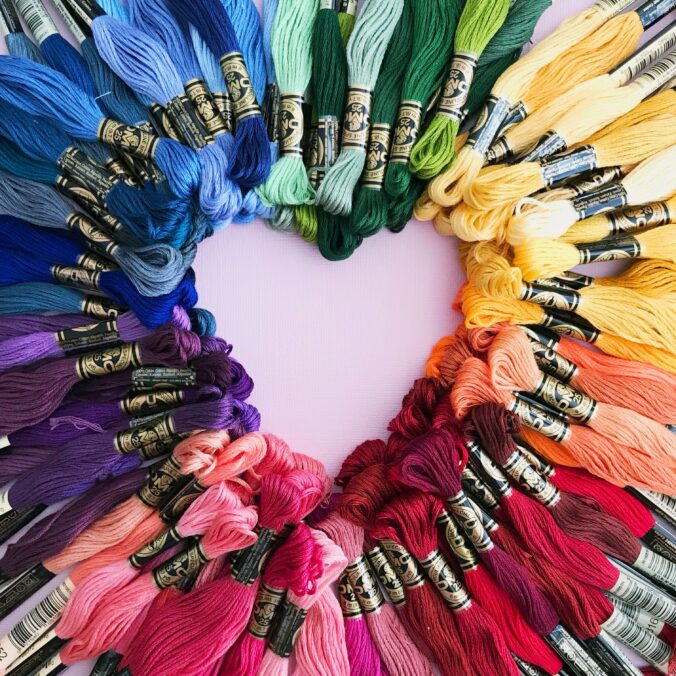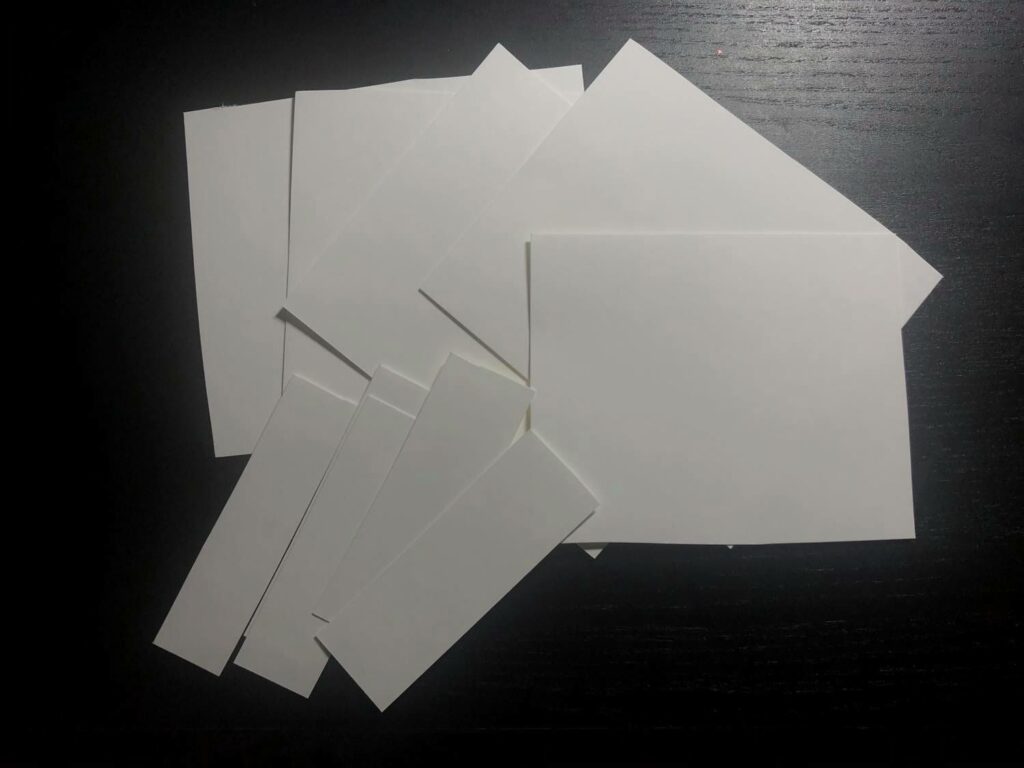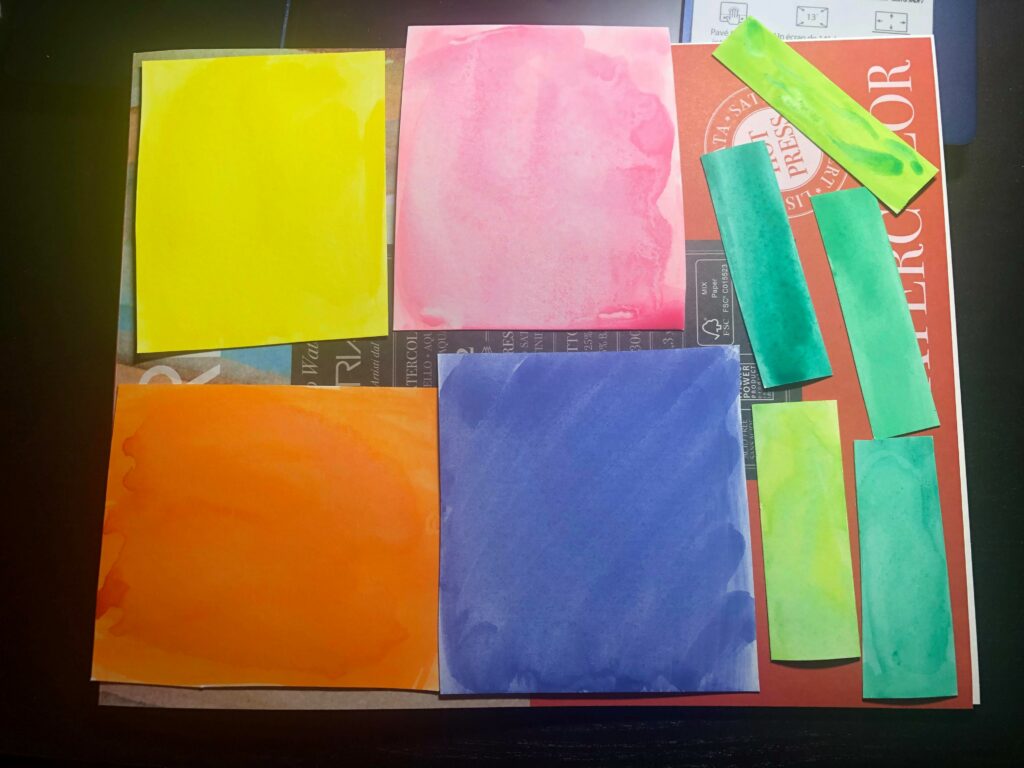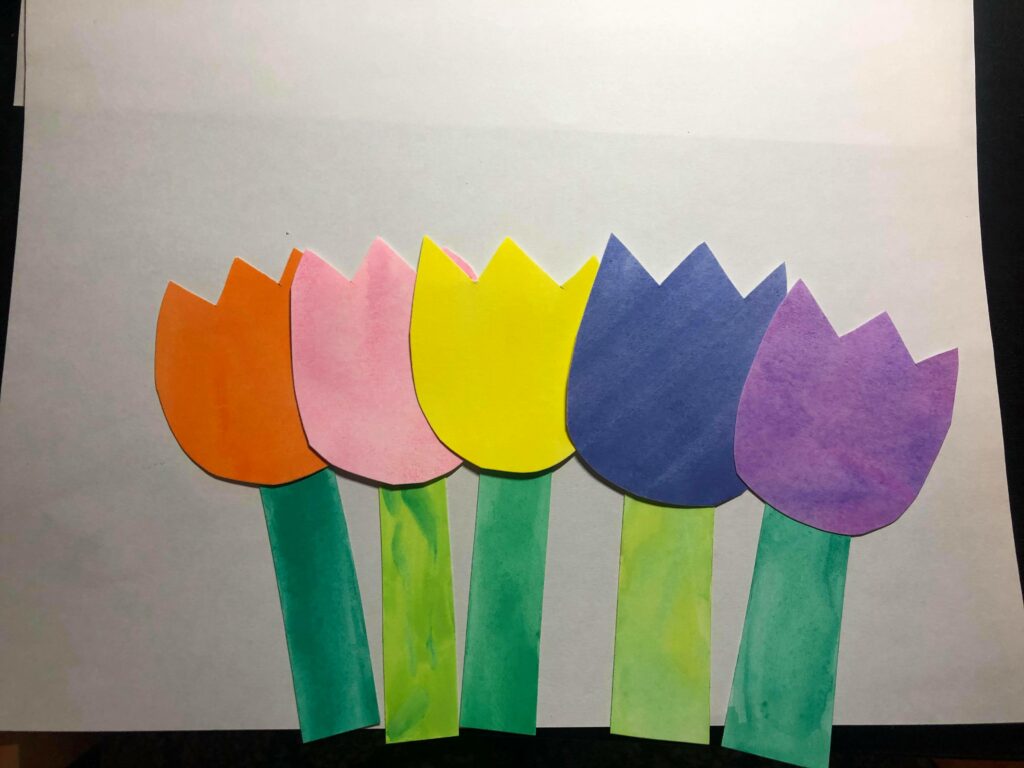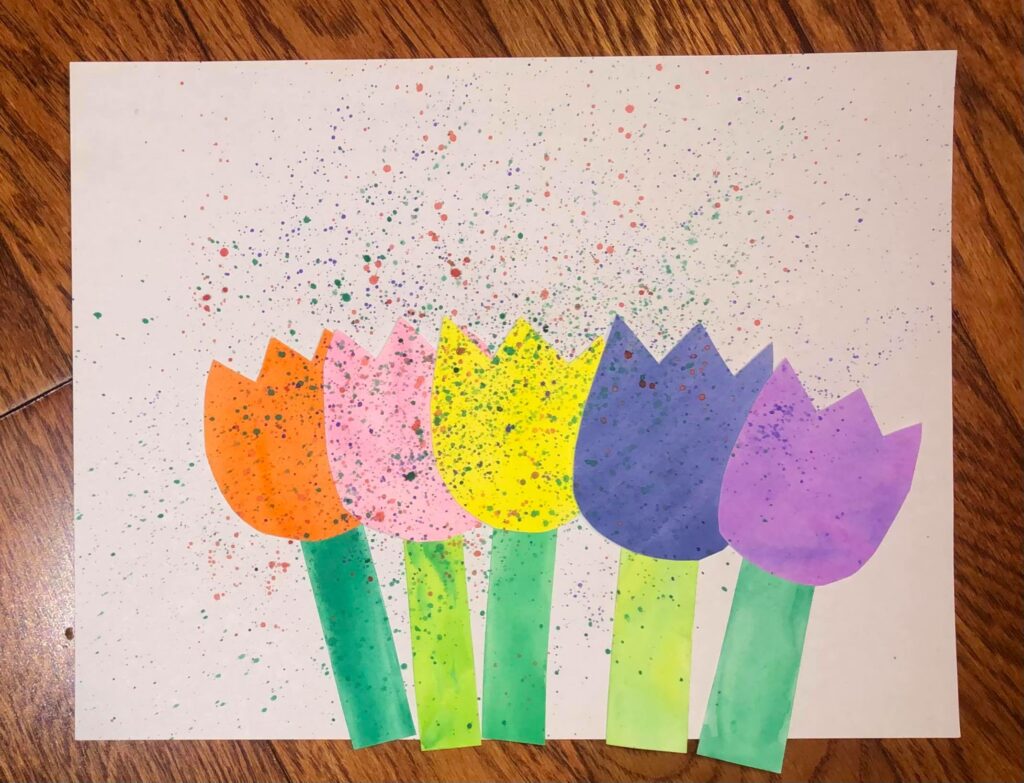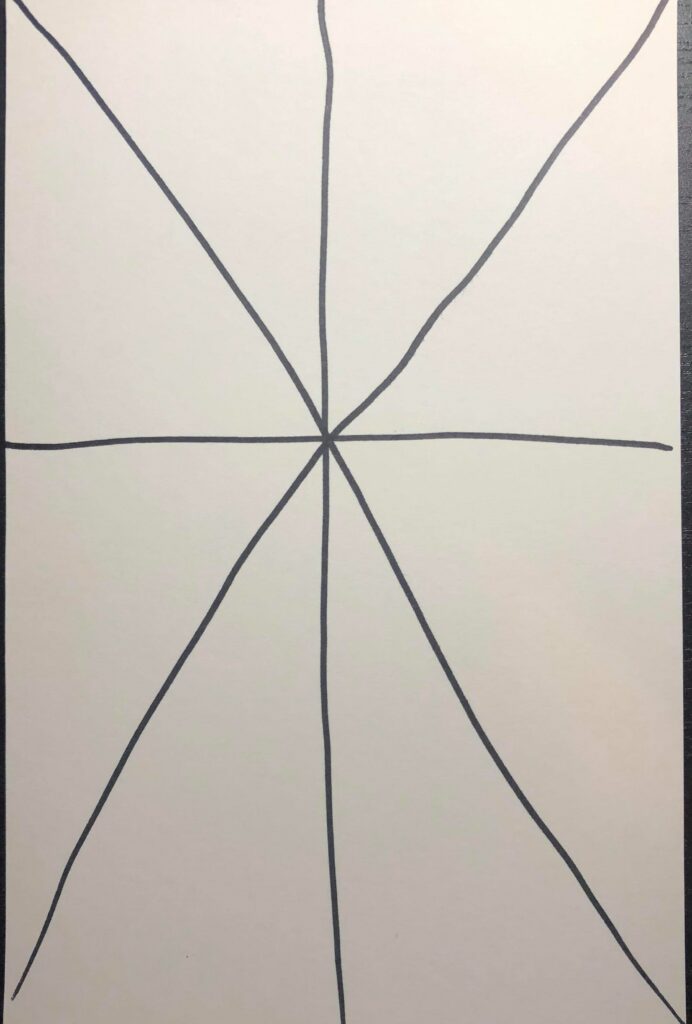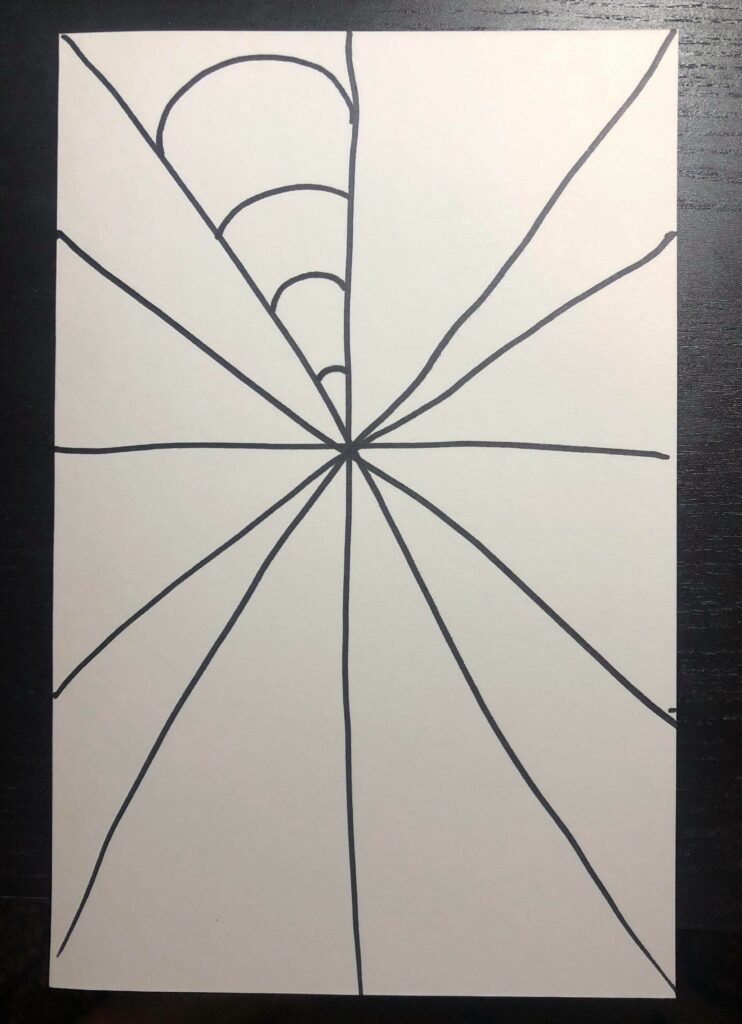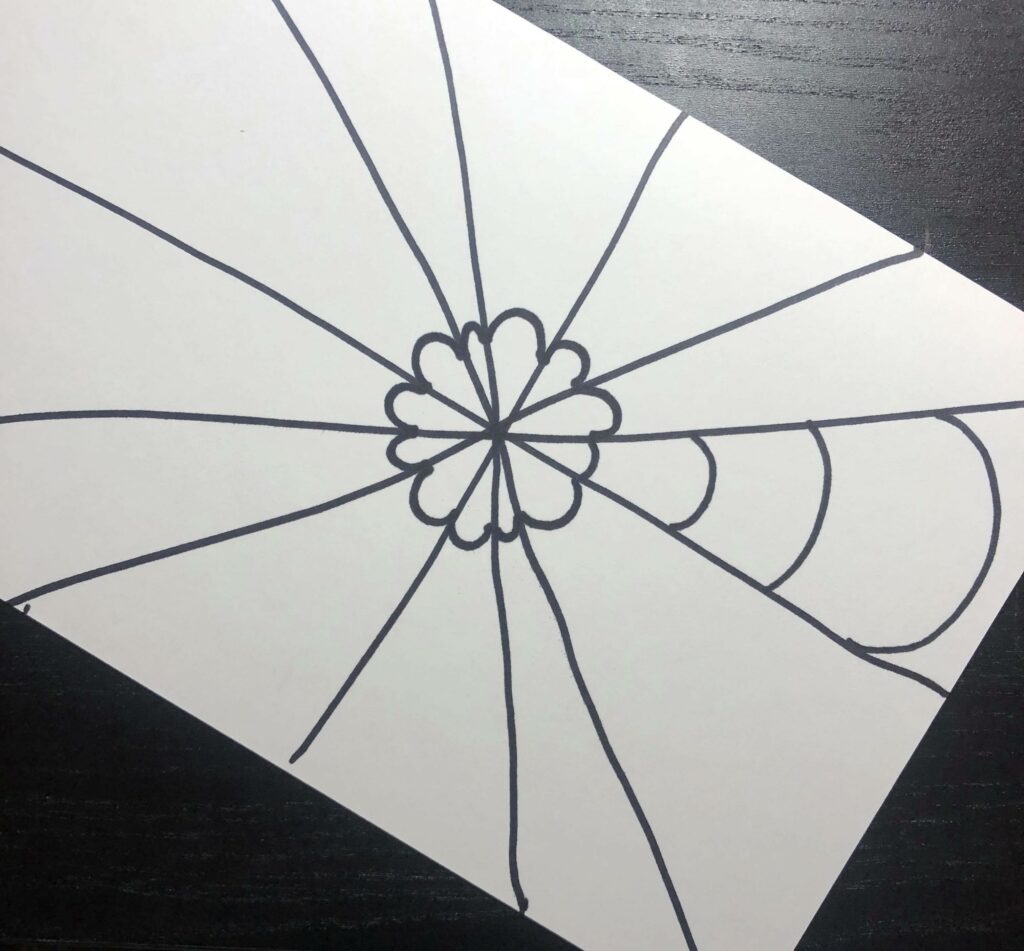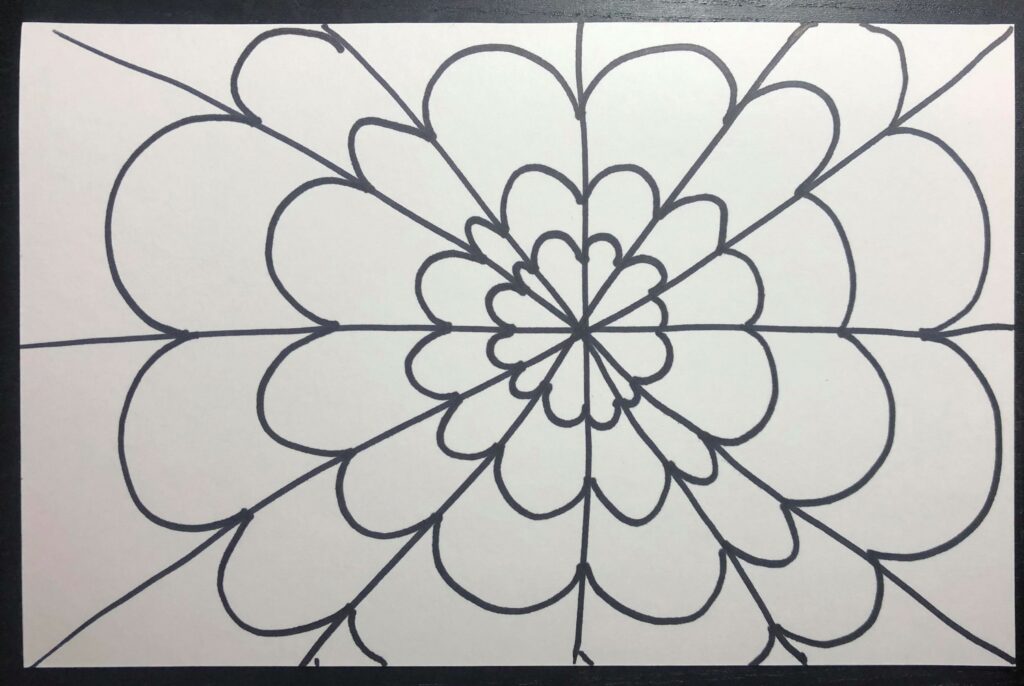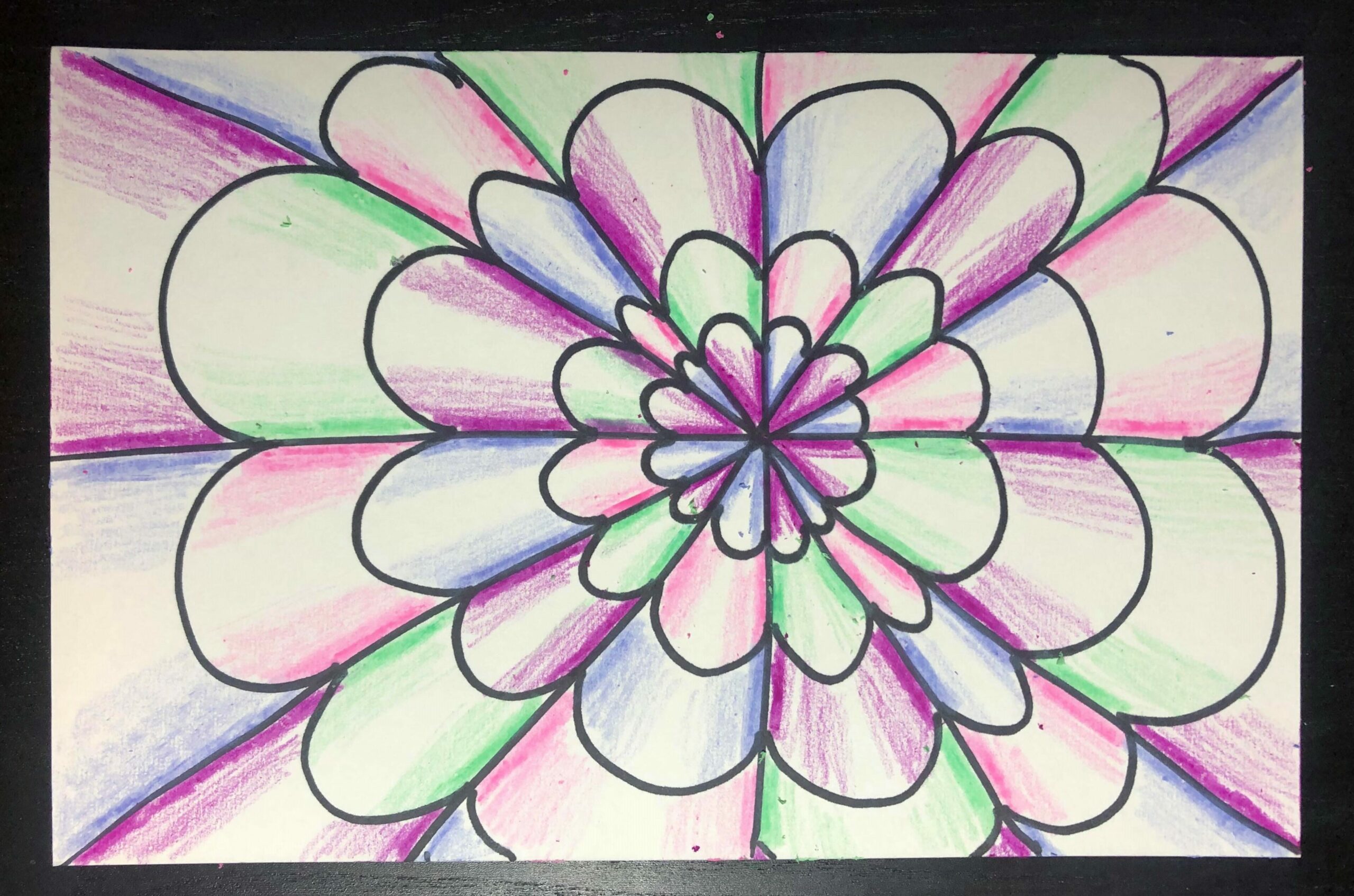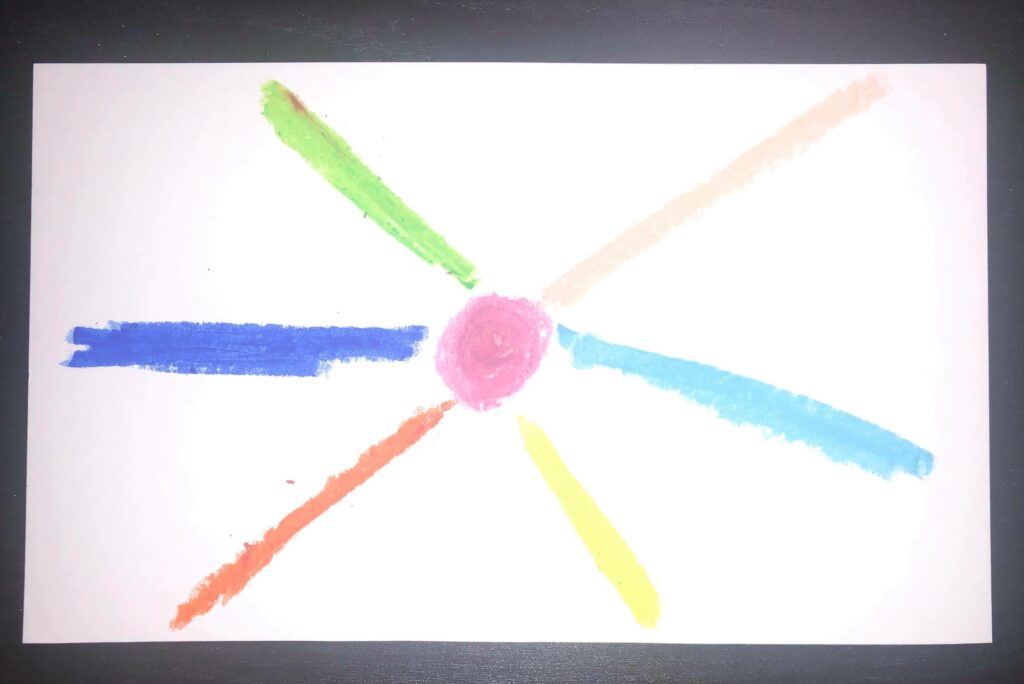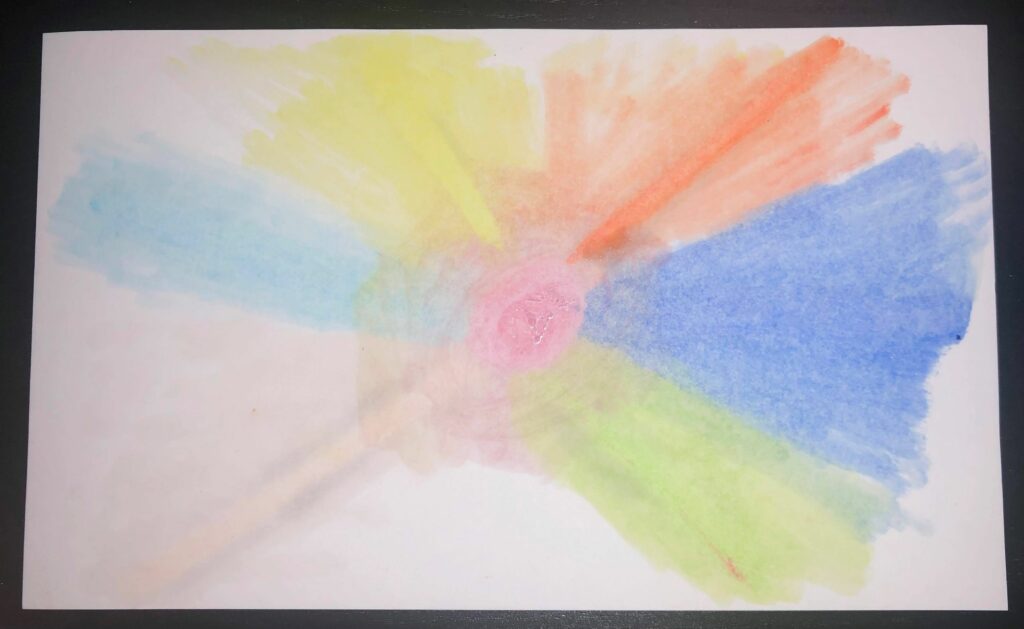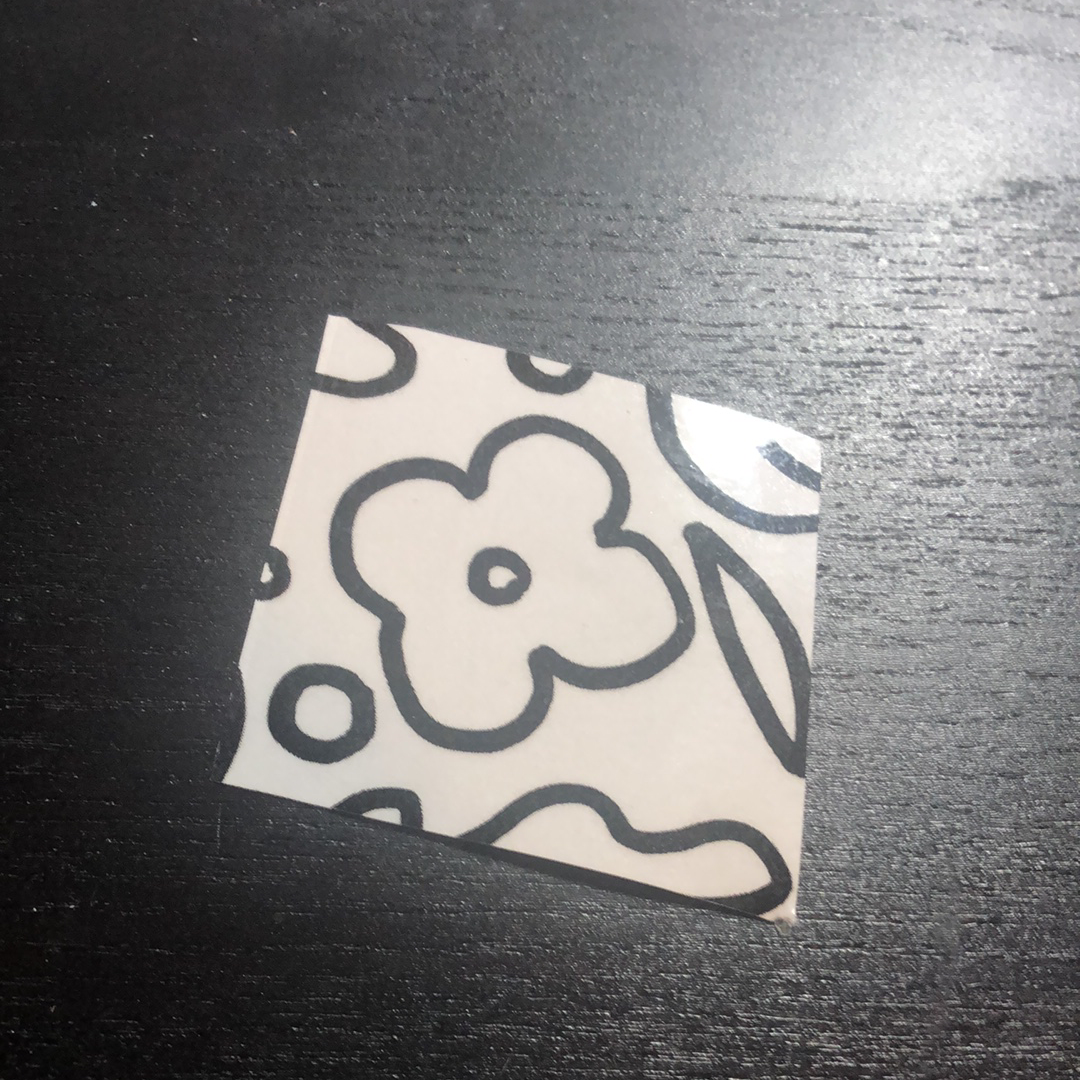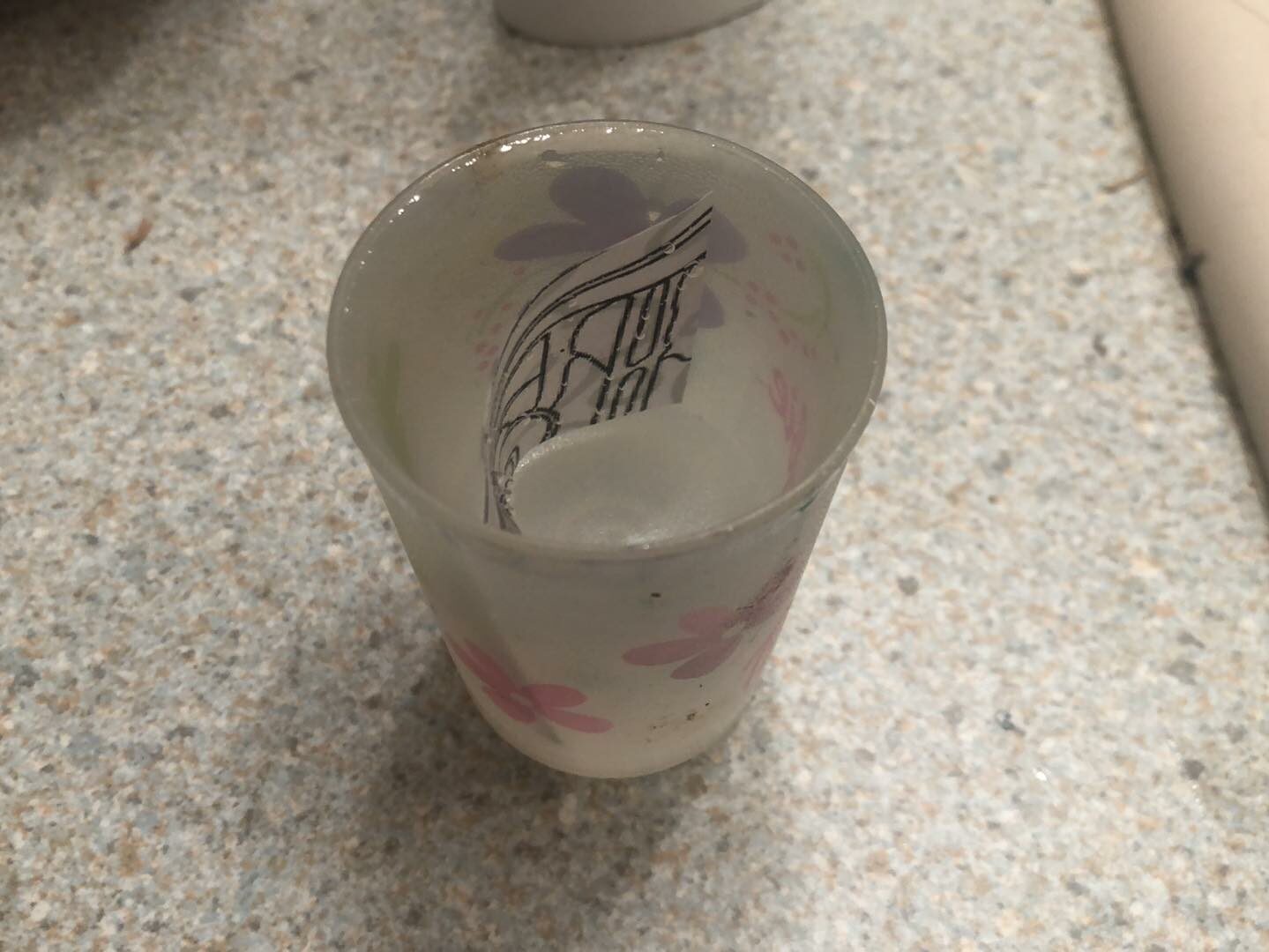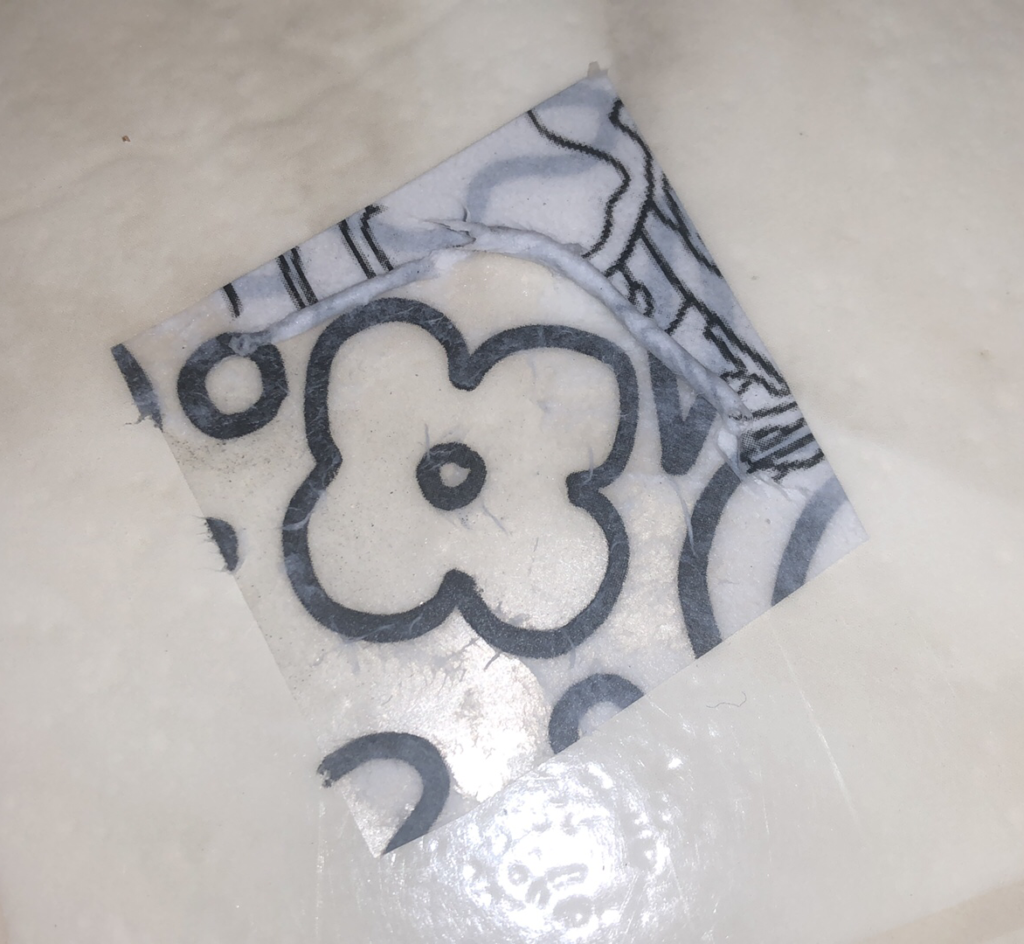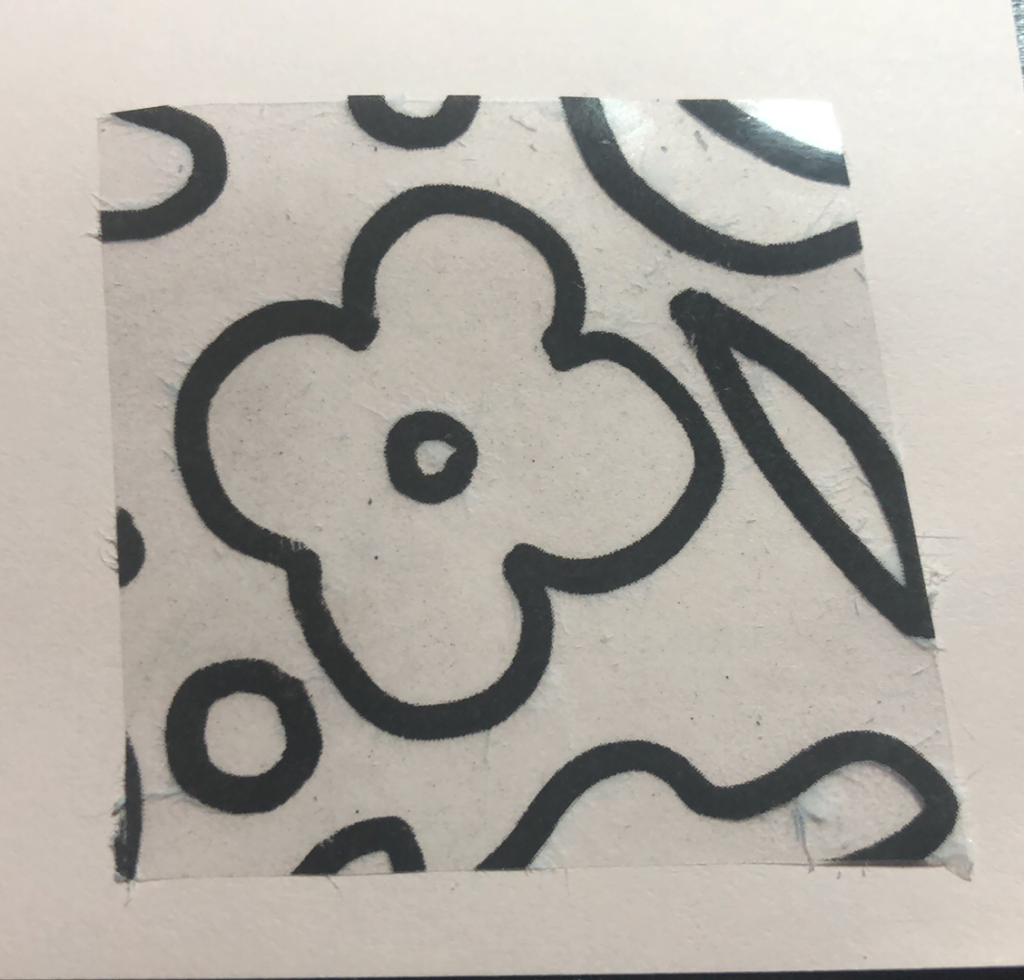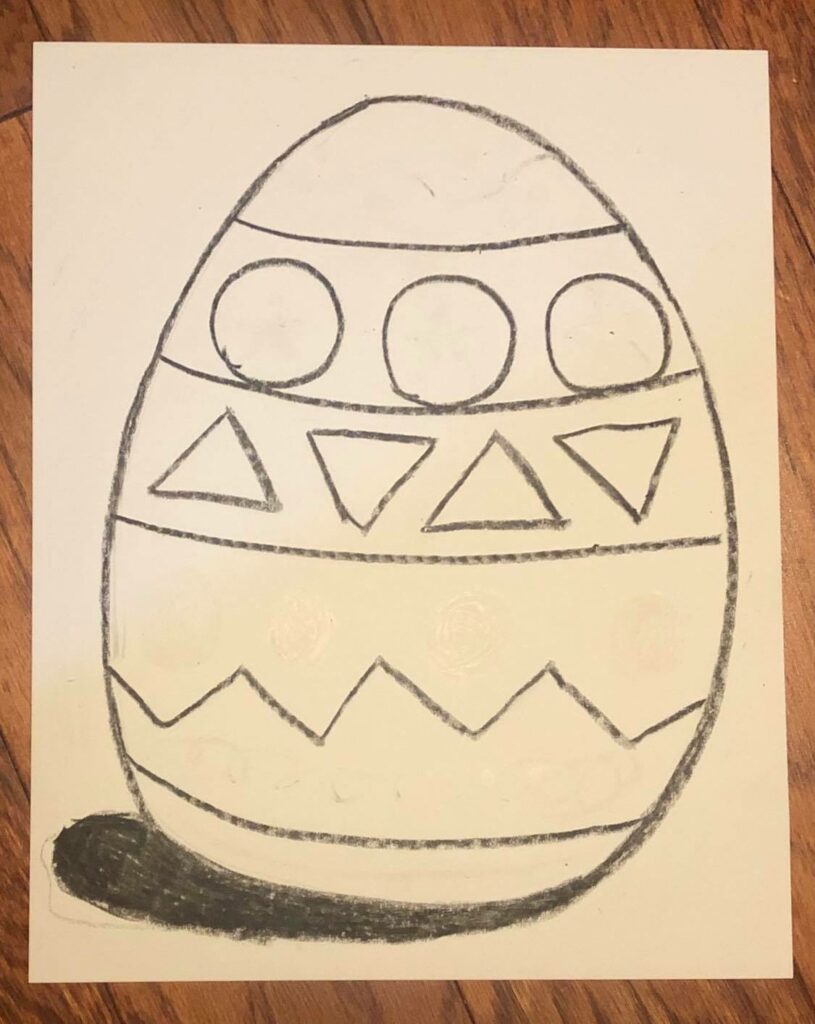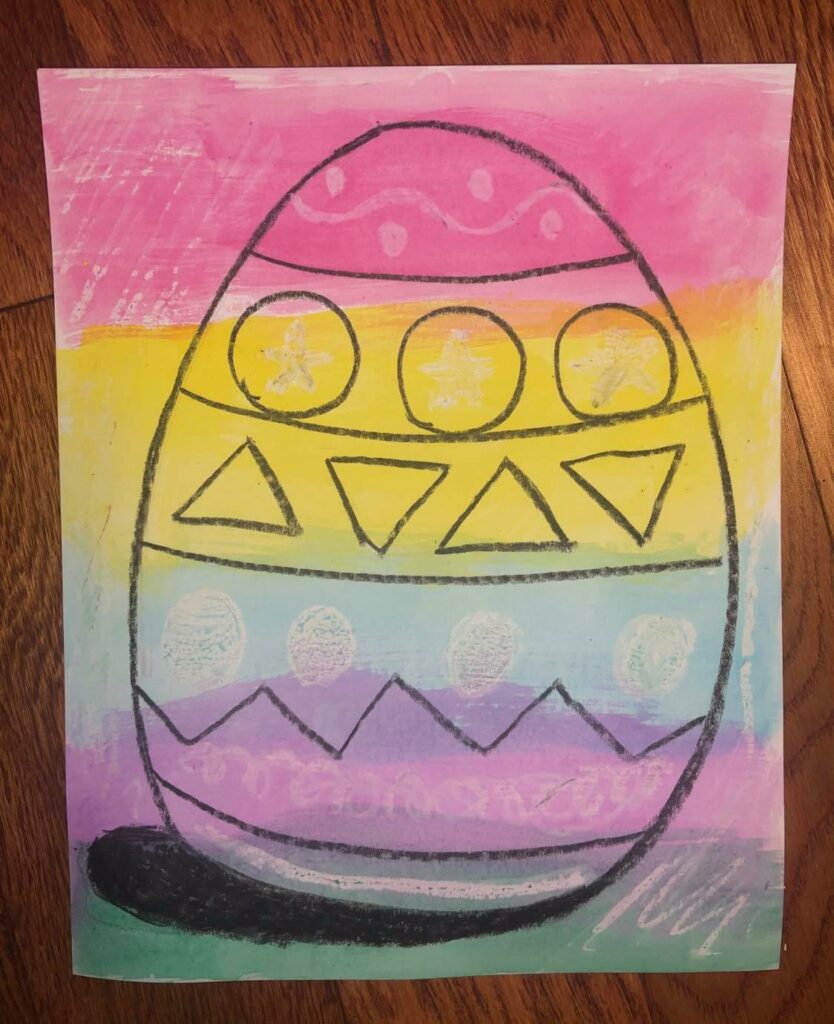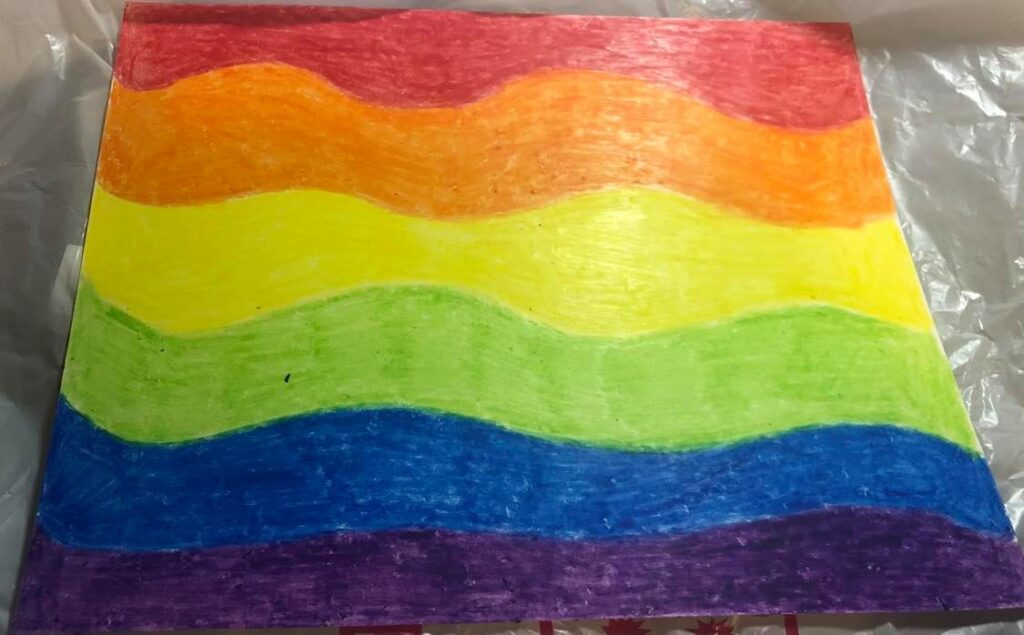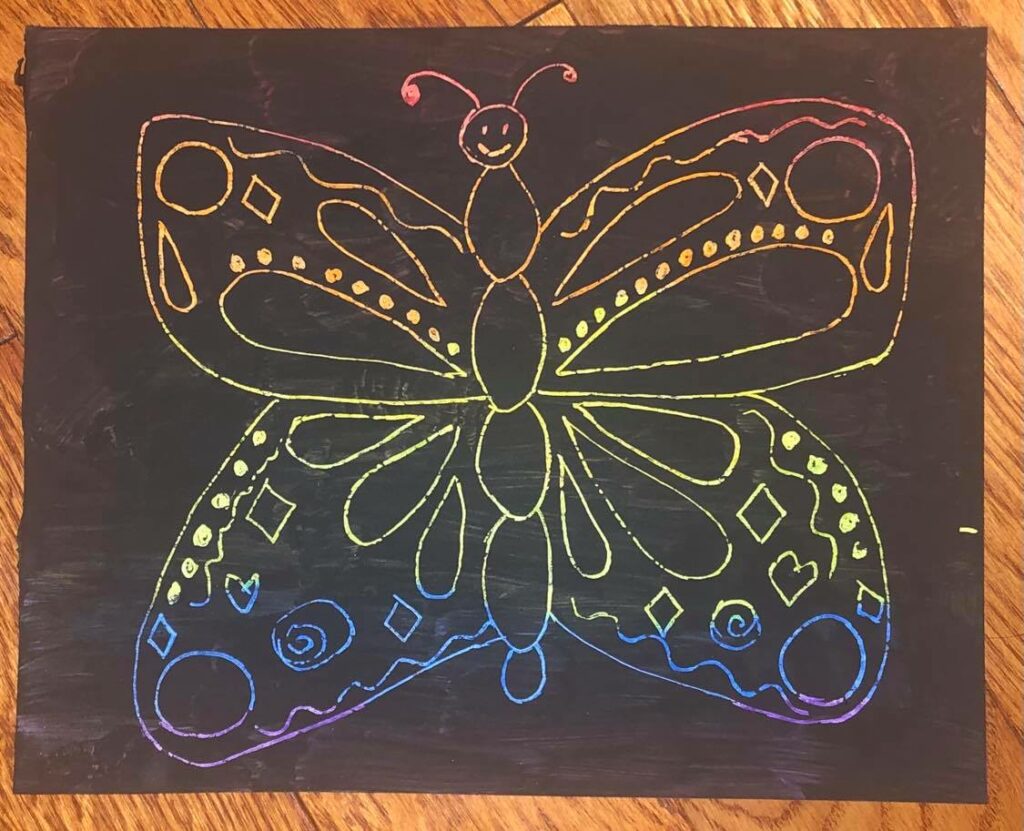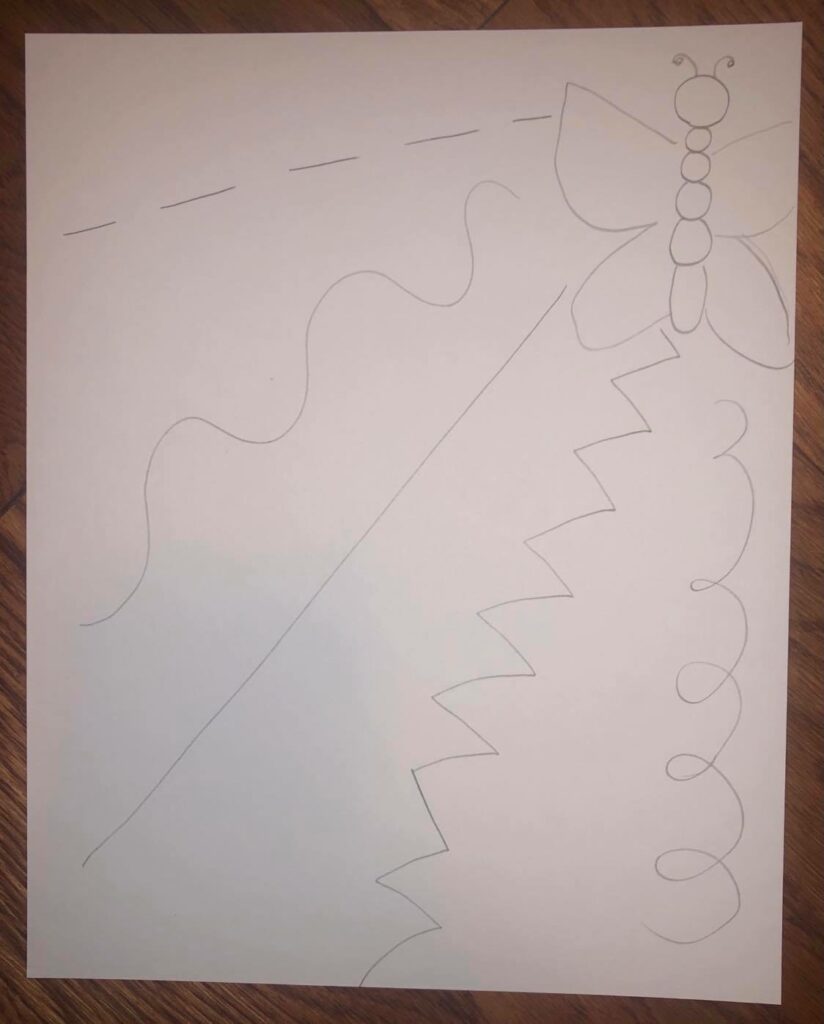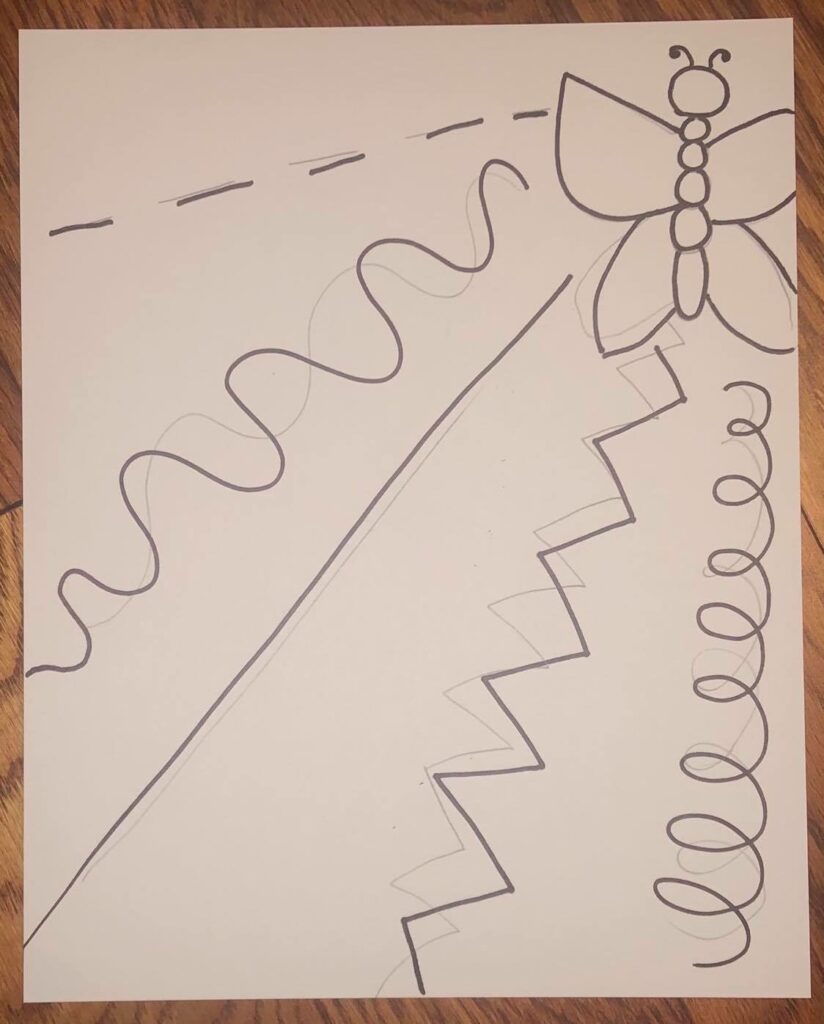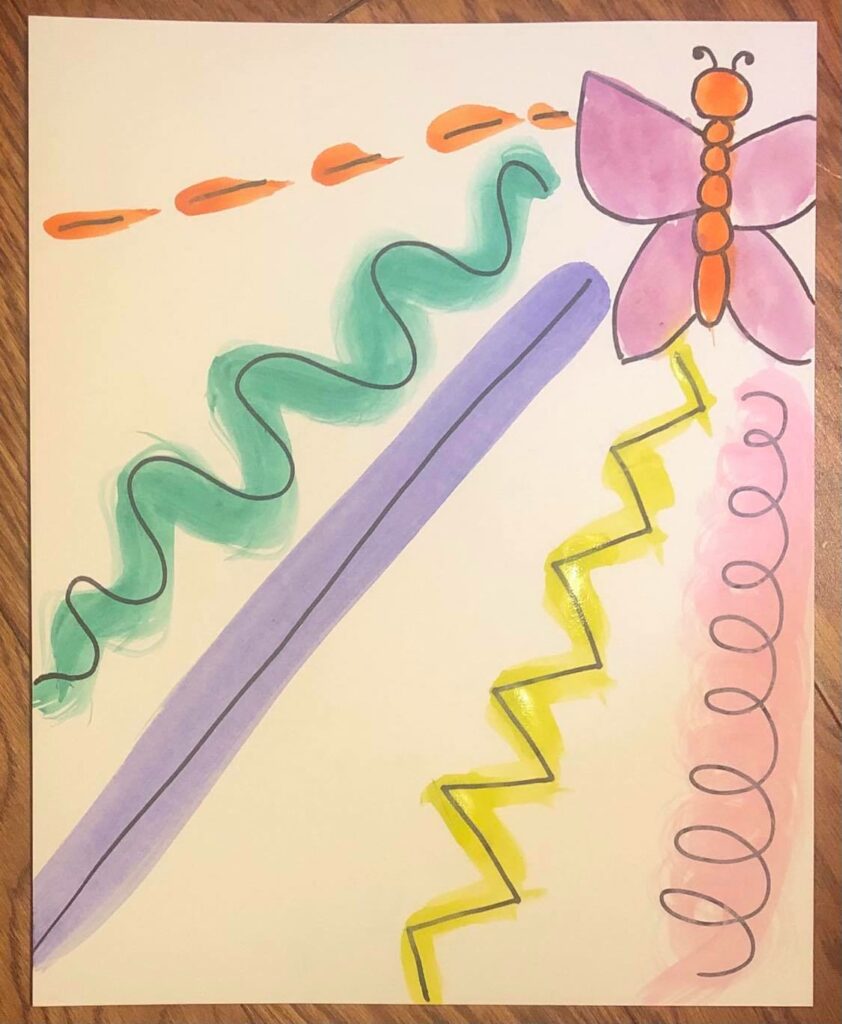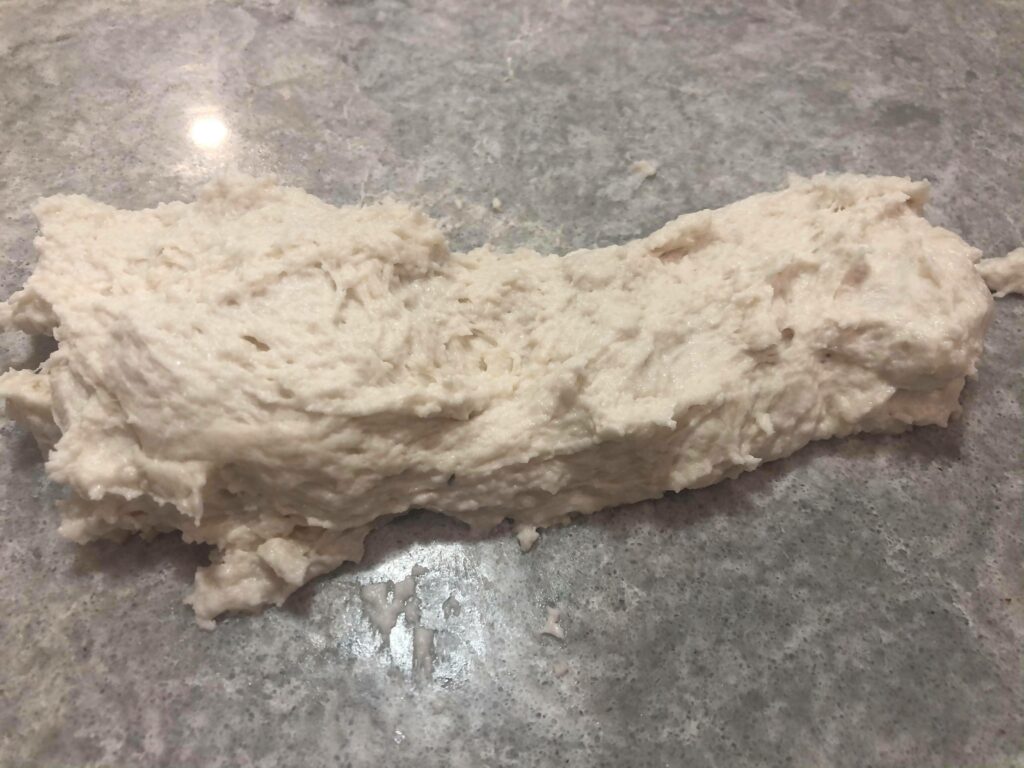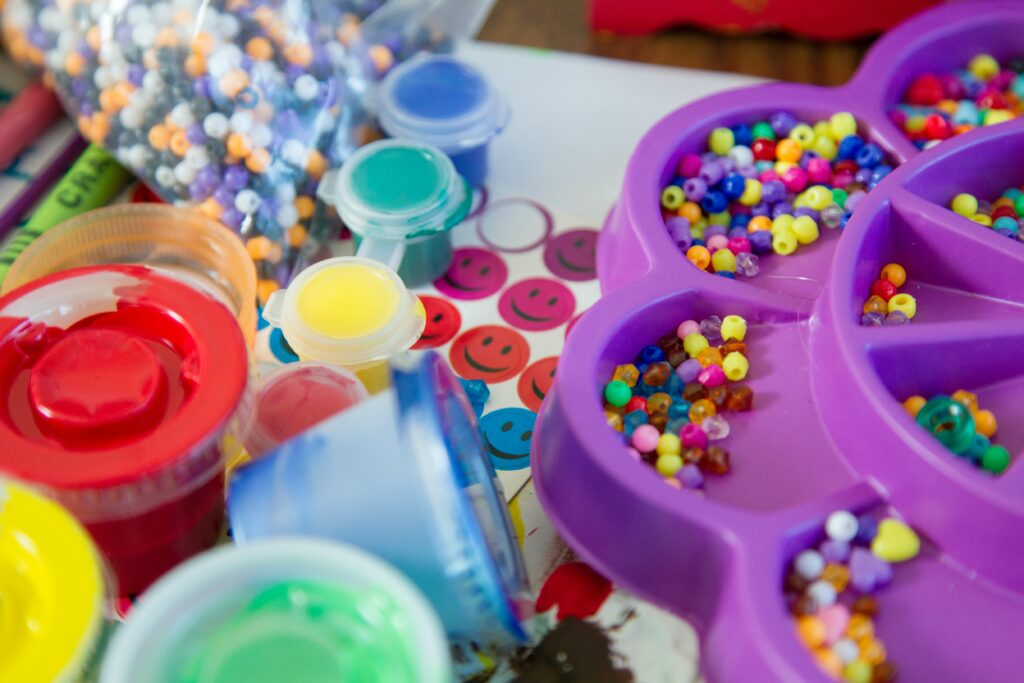Through these art projects, I have learned so much about art and had fun while doing it. I have learned a lot about using techniques in art (especially shading). I also learned a lot about different websites to find resources for in the classroom.
I have learned a lot of different techniques from going through these projects. Although I agree, the picture was usually better than mine, I really surprised myself with how many of these activities I was able to do. I am not typically an artistic person and don’t do well in art classes. However, when I was completing these projects, I was doing it for fun and not necessarily because I had to be the best in the class. This gave me time to work on my technique, as well as have fun doing art as I used to in elementary school. I think that since I have practiced all of these projects, I will be a better art teacher because of it. I already have an art lesson for almost every grade.
I also learned how to collect resources from different websites. Throughout this project, I needed to find different art projects to complete for each grade level. This task was exciting since I got to explore different platforms and learn about what are the benefits of choosing some platforms over others. For example, I found an art teacher on TikTok that posts what kind of lessons her kids are doing that day. I used to think of TikTok as only a recreational app, but I will be sure to consider it in the future for other assignments.
Out of all the places I found resources on (TikTok, Instagram, YouTube, Websites), I liked TikTok and YouTube the best. TikTok, since they are short one-minute videos giving me the basics of the activity. They still get the point across and they do not lose my focus. I liked YouTube since there was more time to explain the activity and I could see what the person was doing. On Instagram, there would typically only be pictures of the final project or a picture halfway through the activity. This left me guessing as to what techniques and materials they actually used to complete the work. Websites are in the middle of TikTok/YouTube and Instagram. I was able to get all of the information from their blogs, but I would have liked a video so I could see what was happening.
